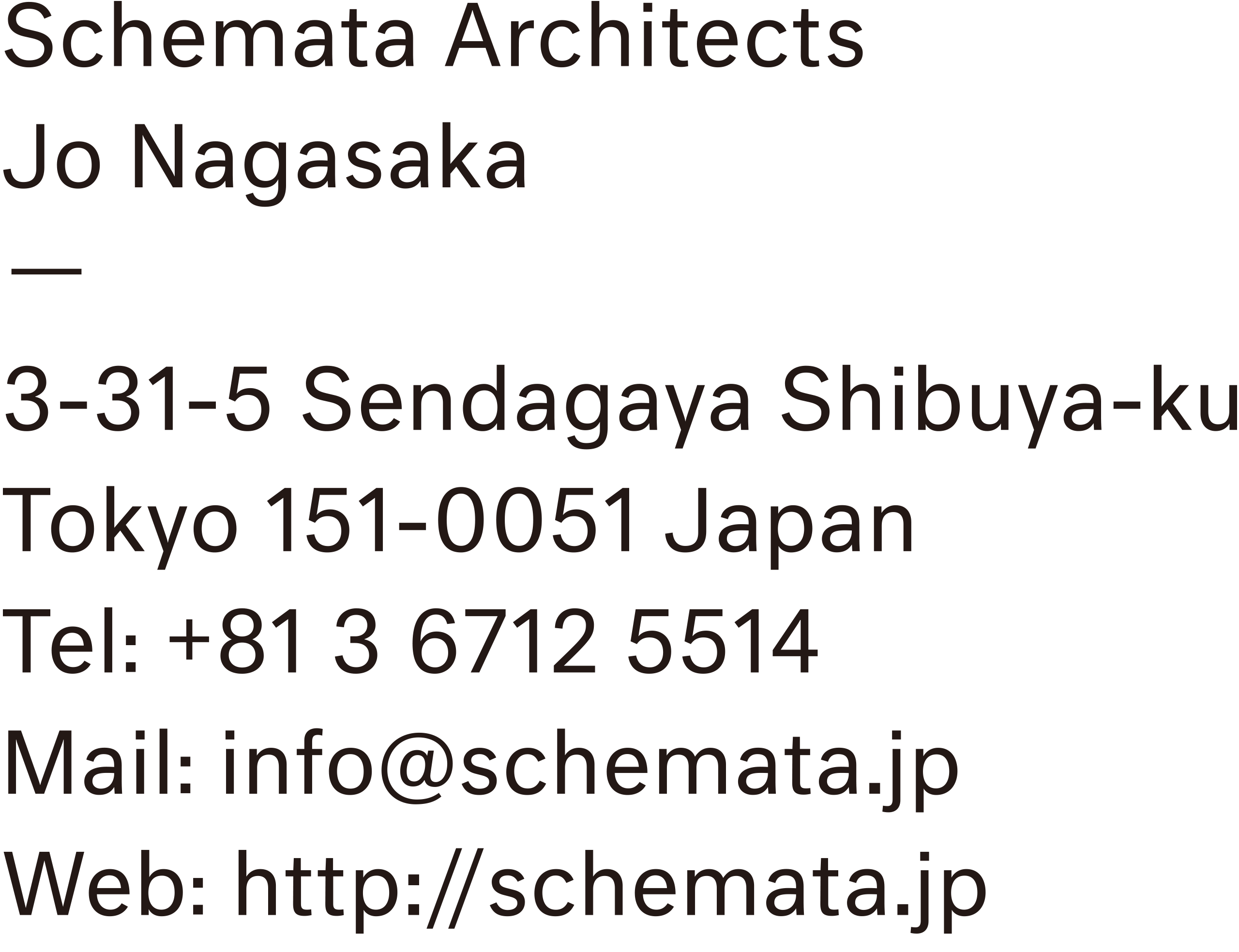
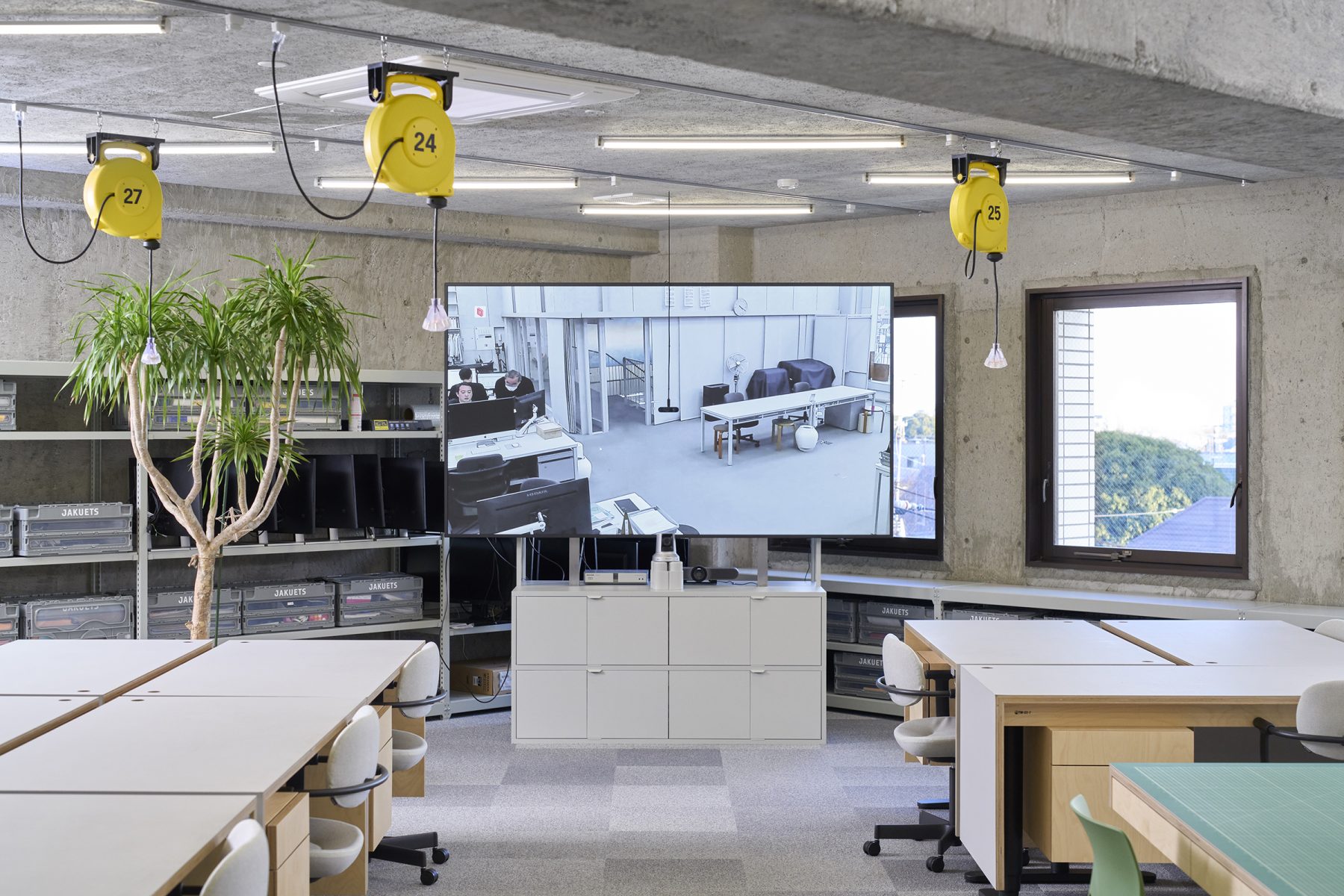
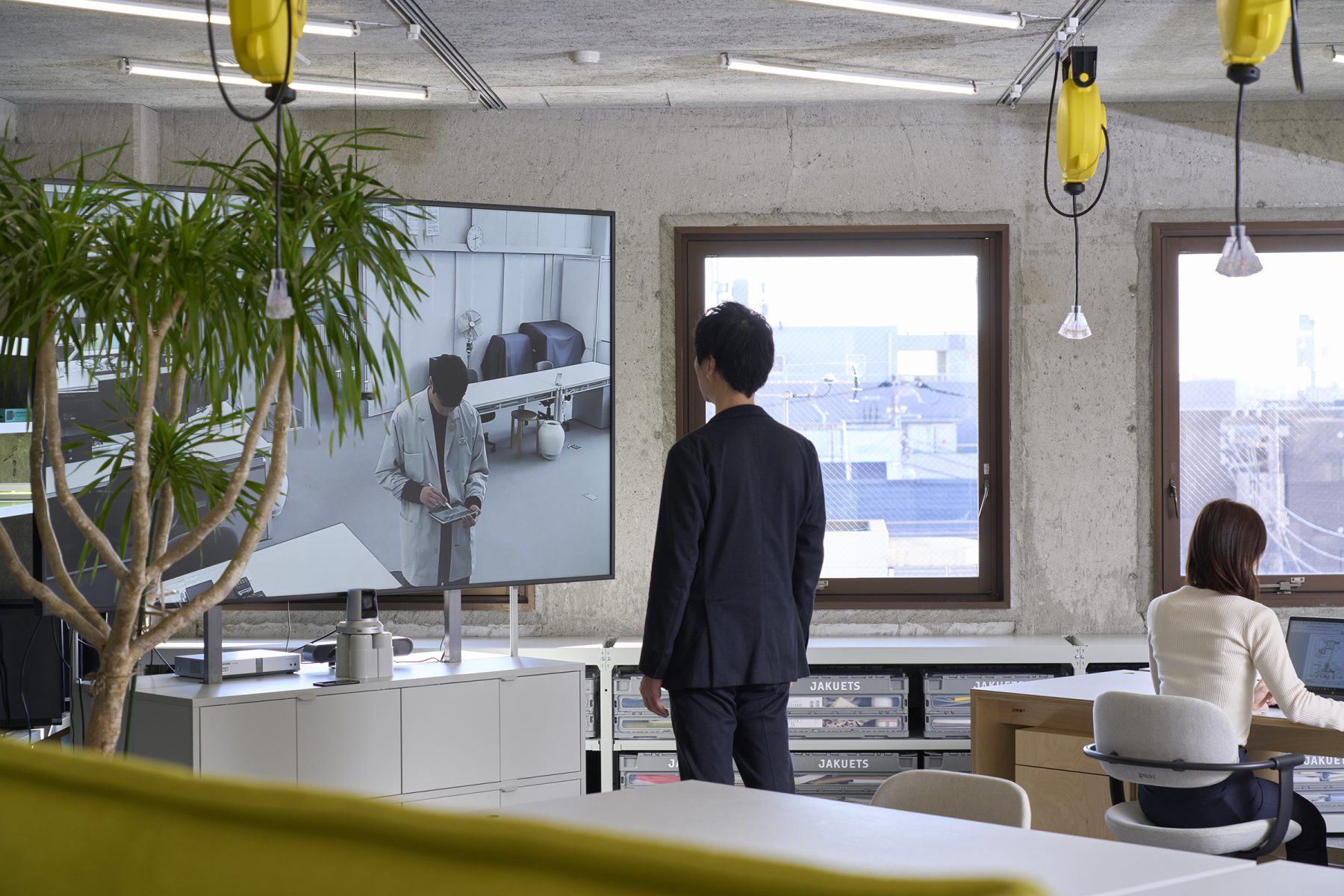
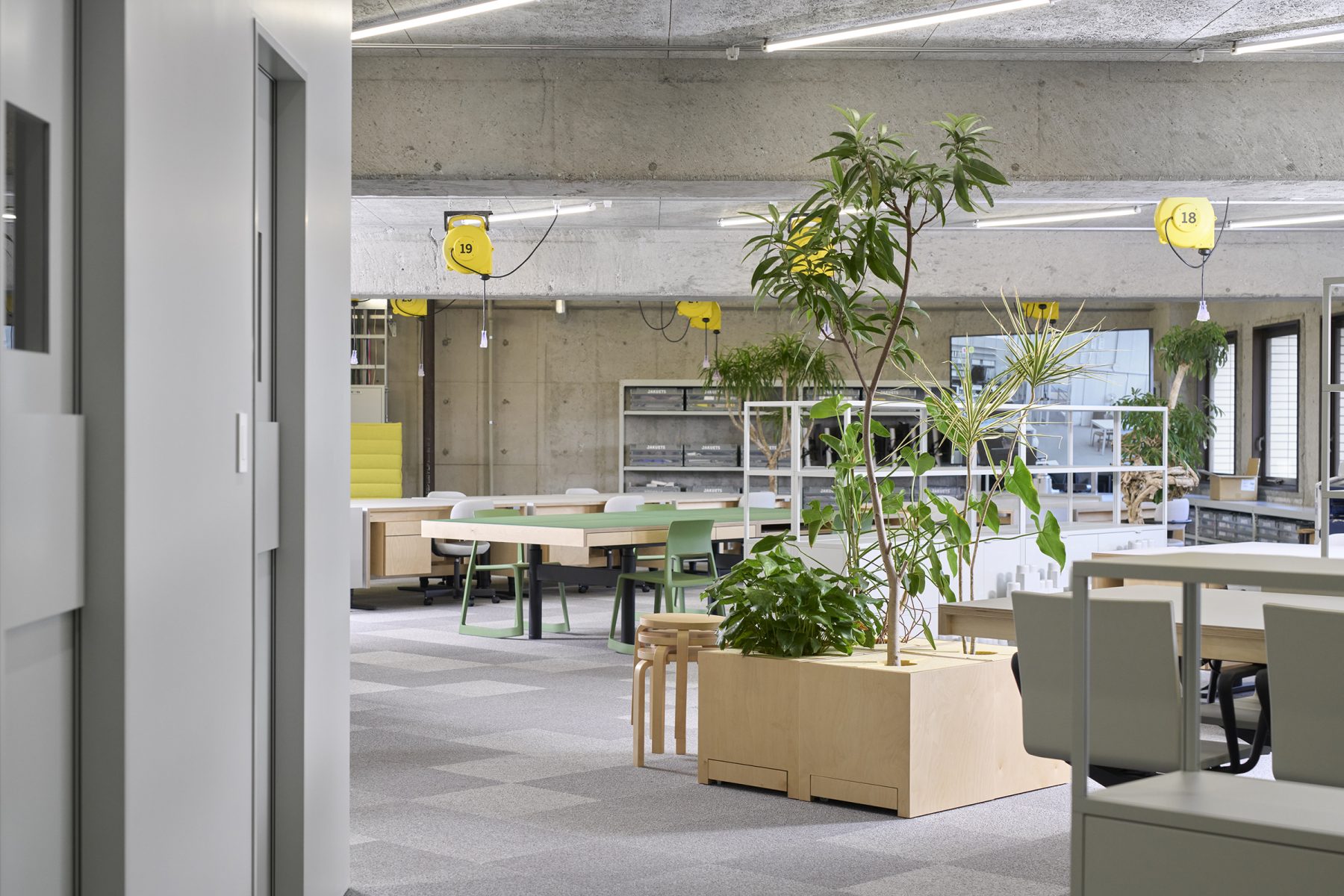
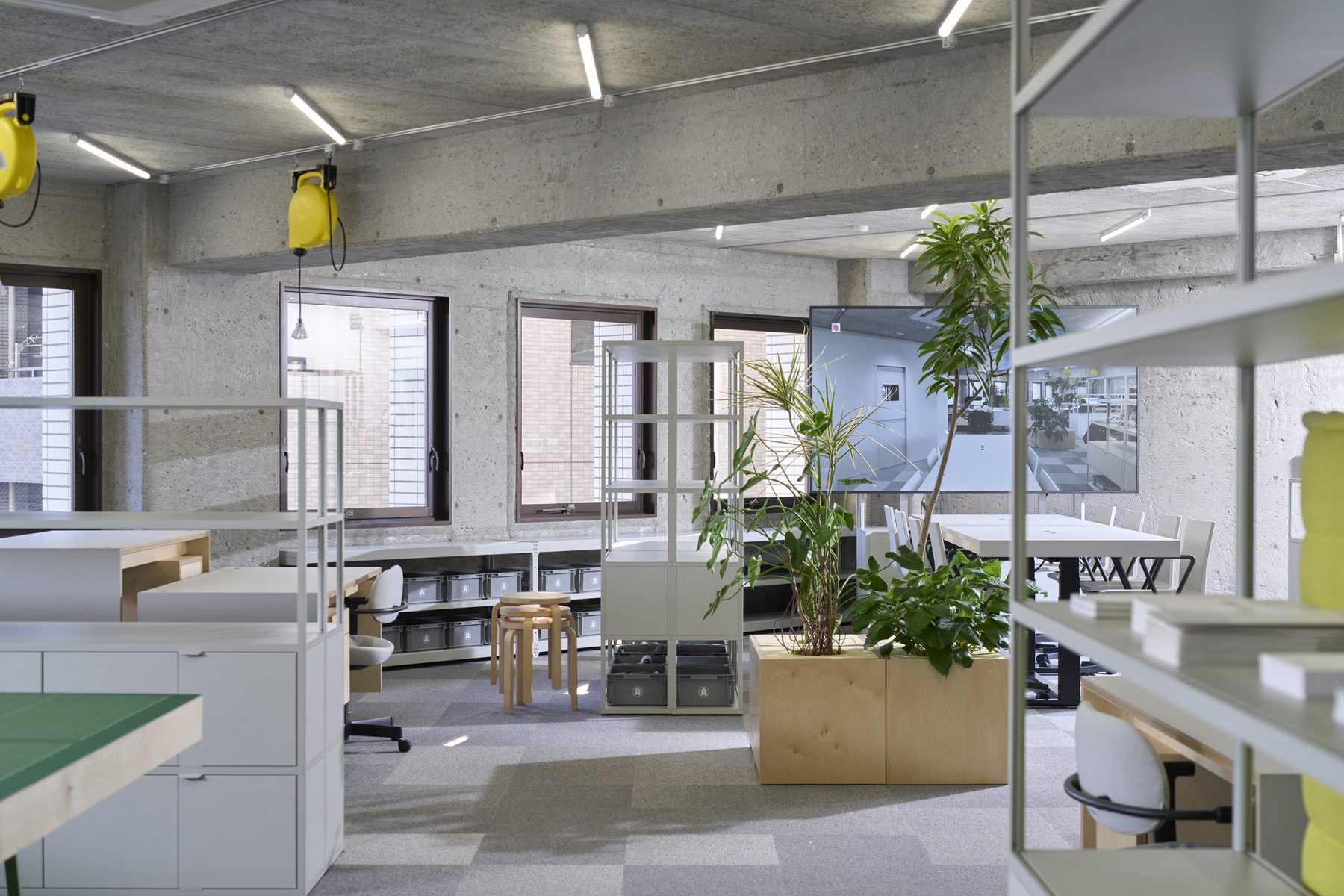
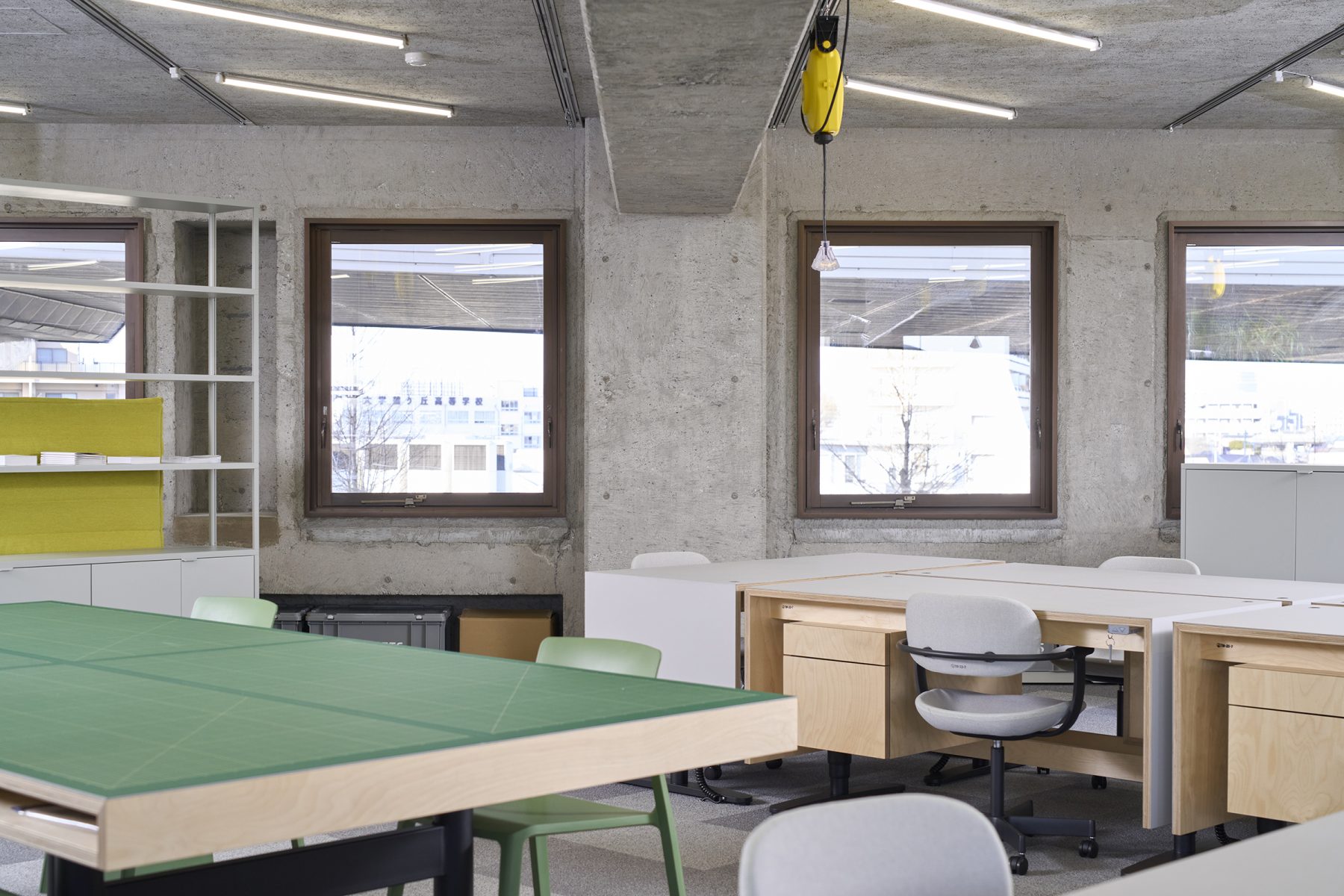
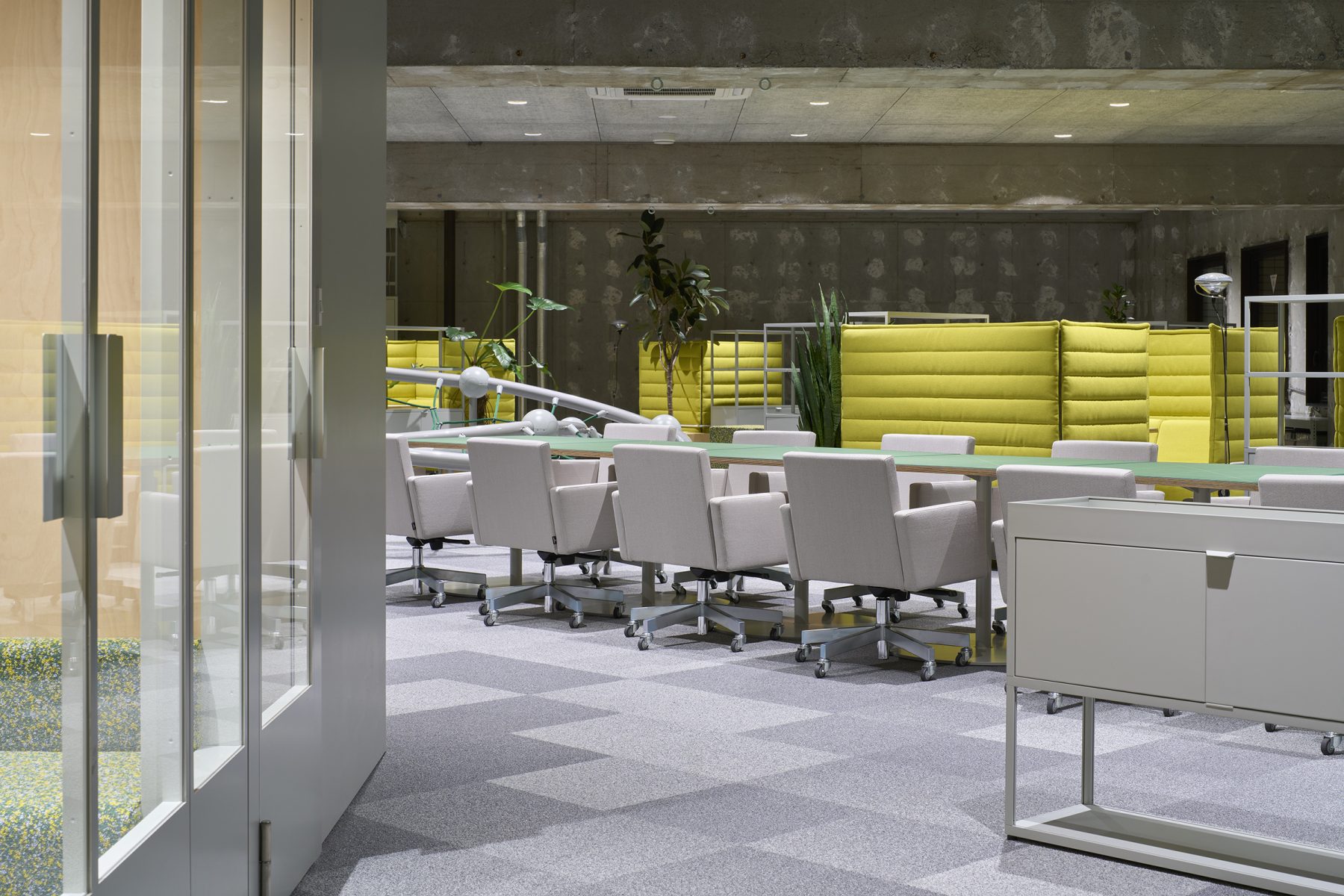
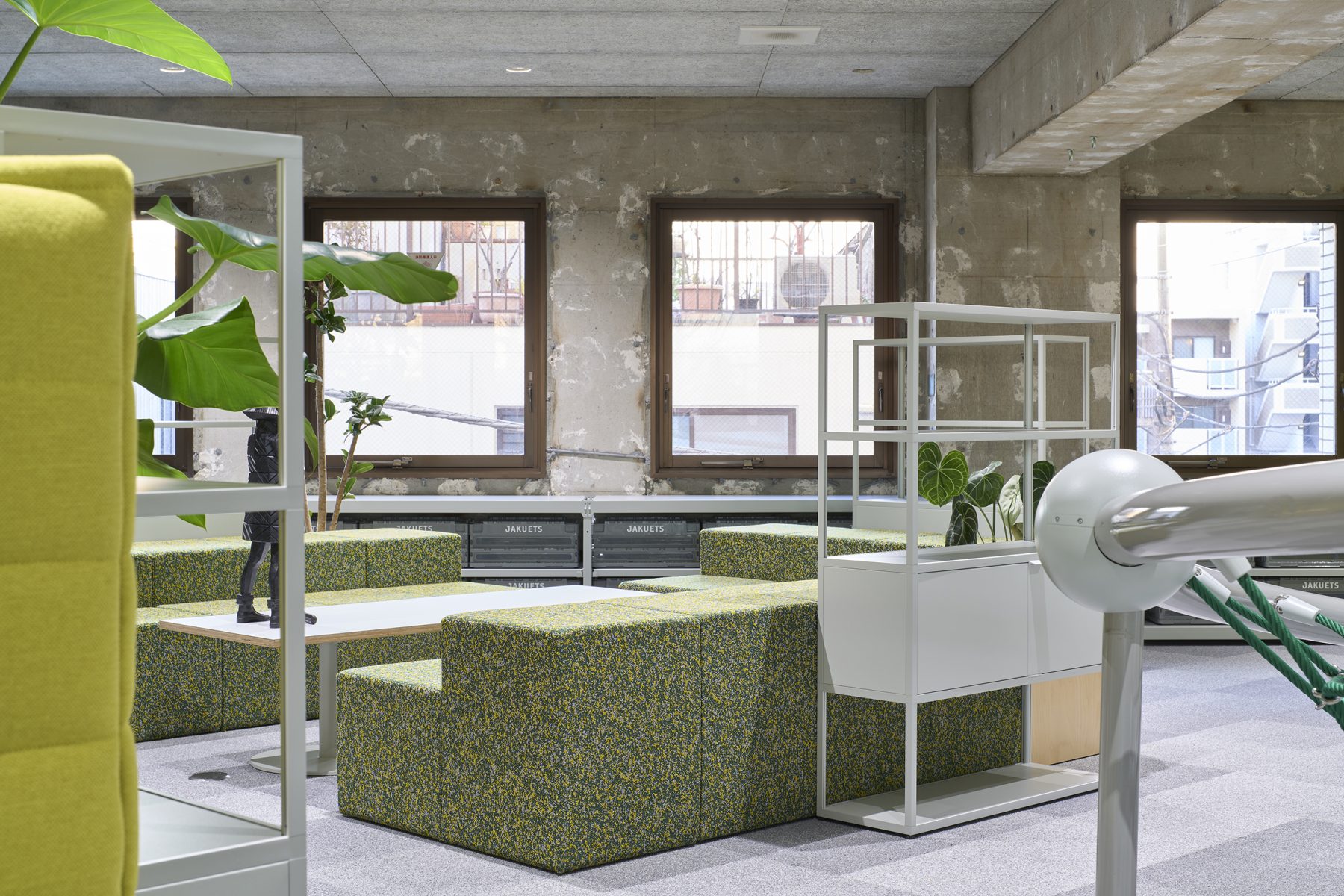
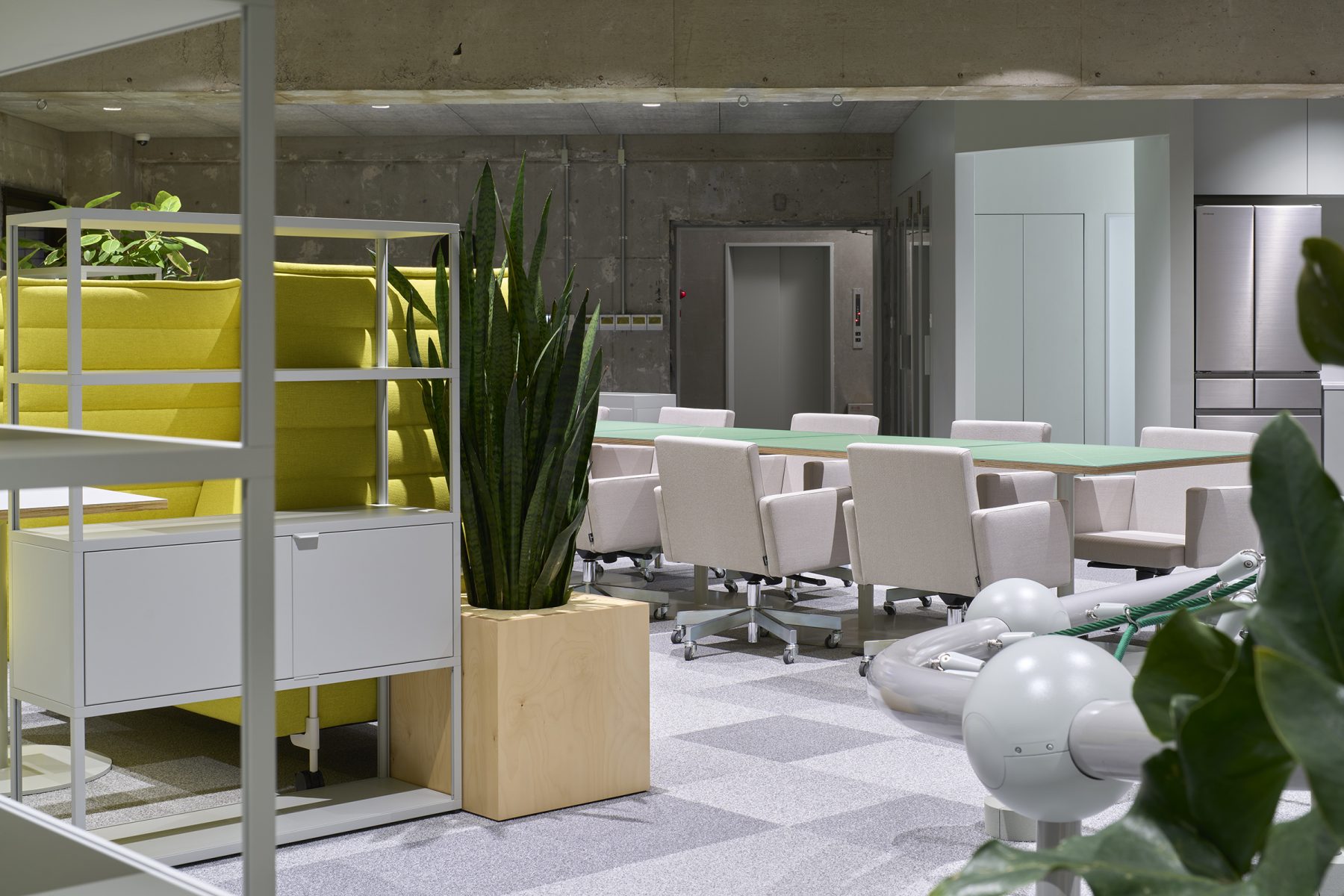
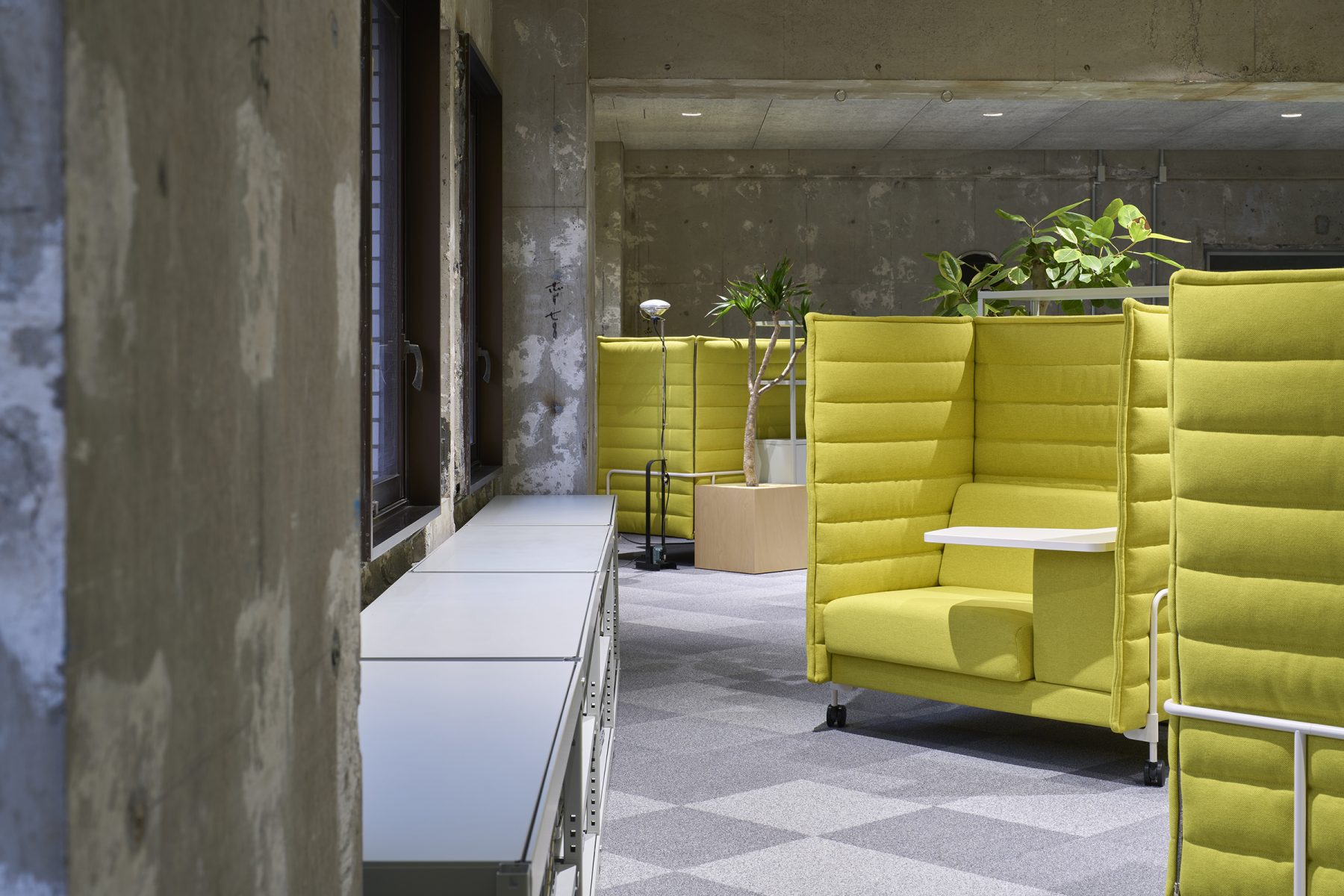
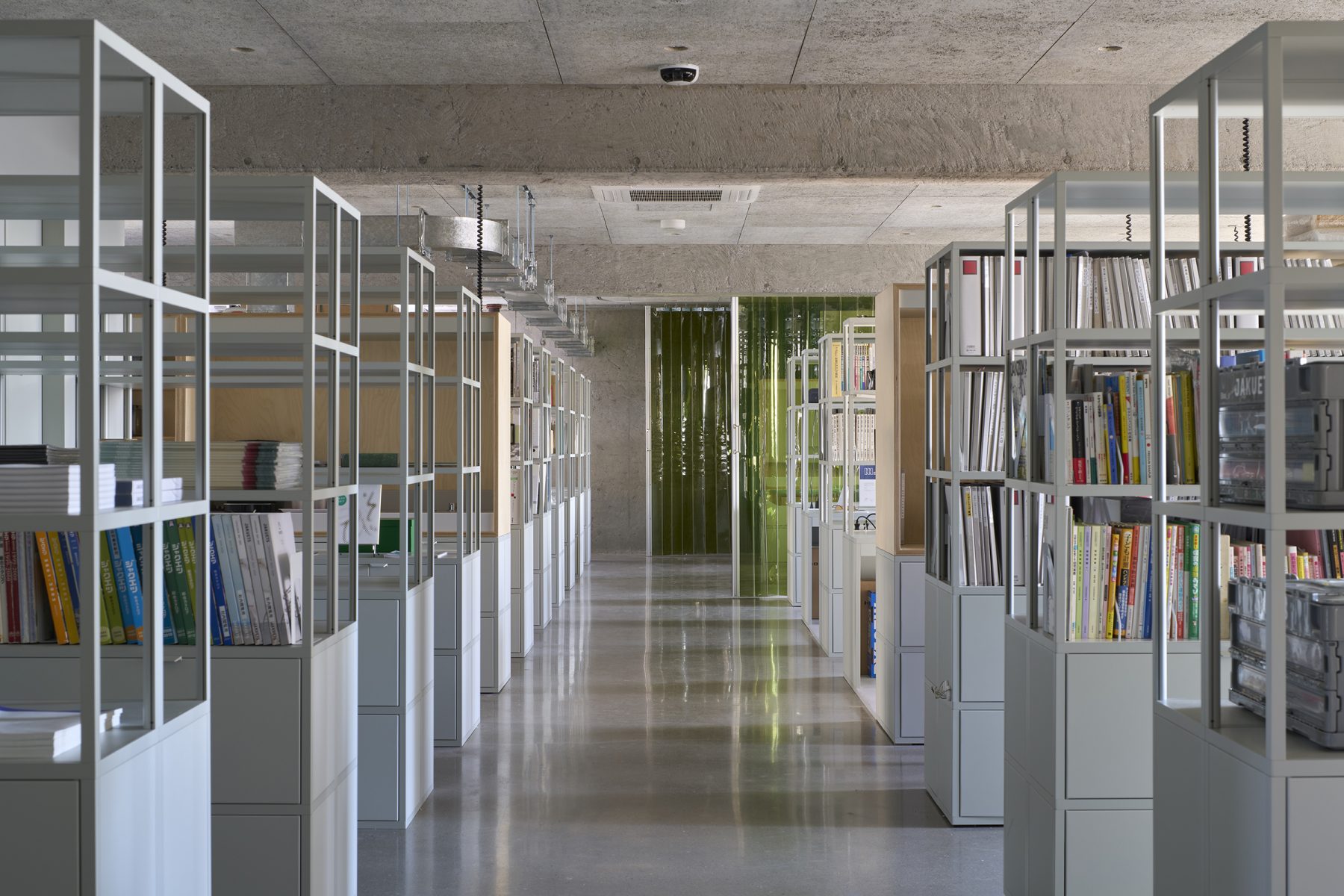
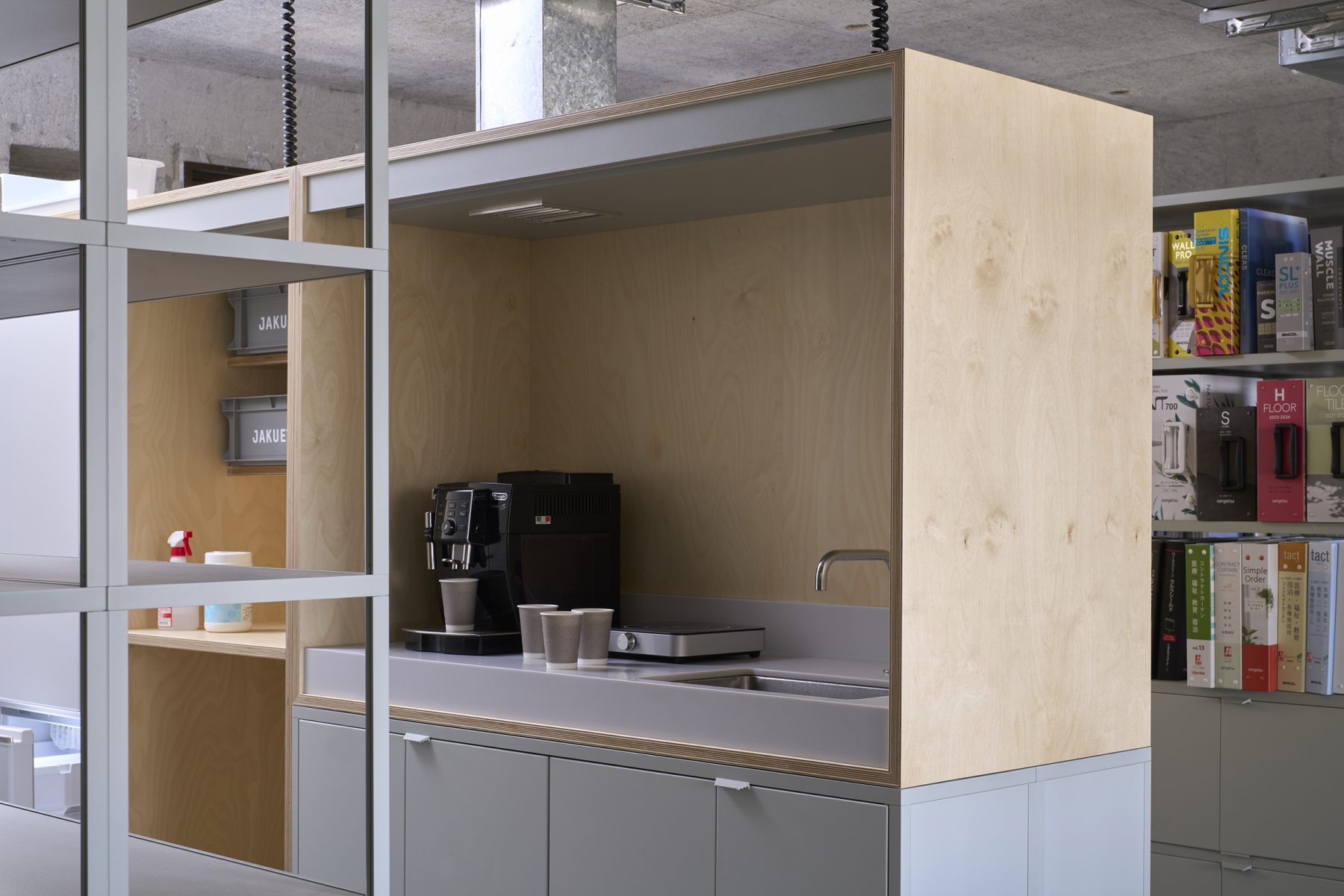
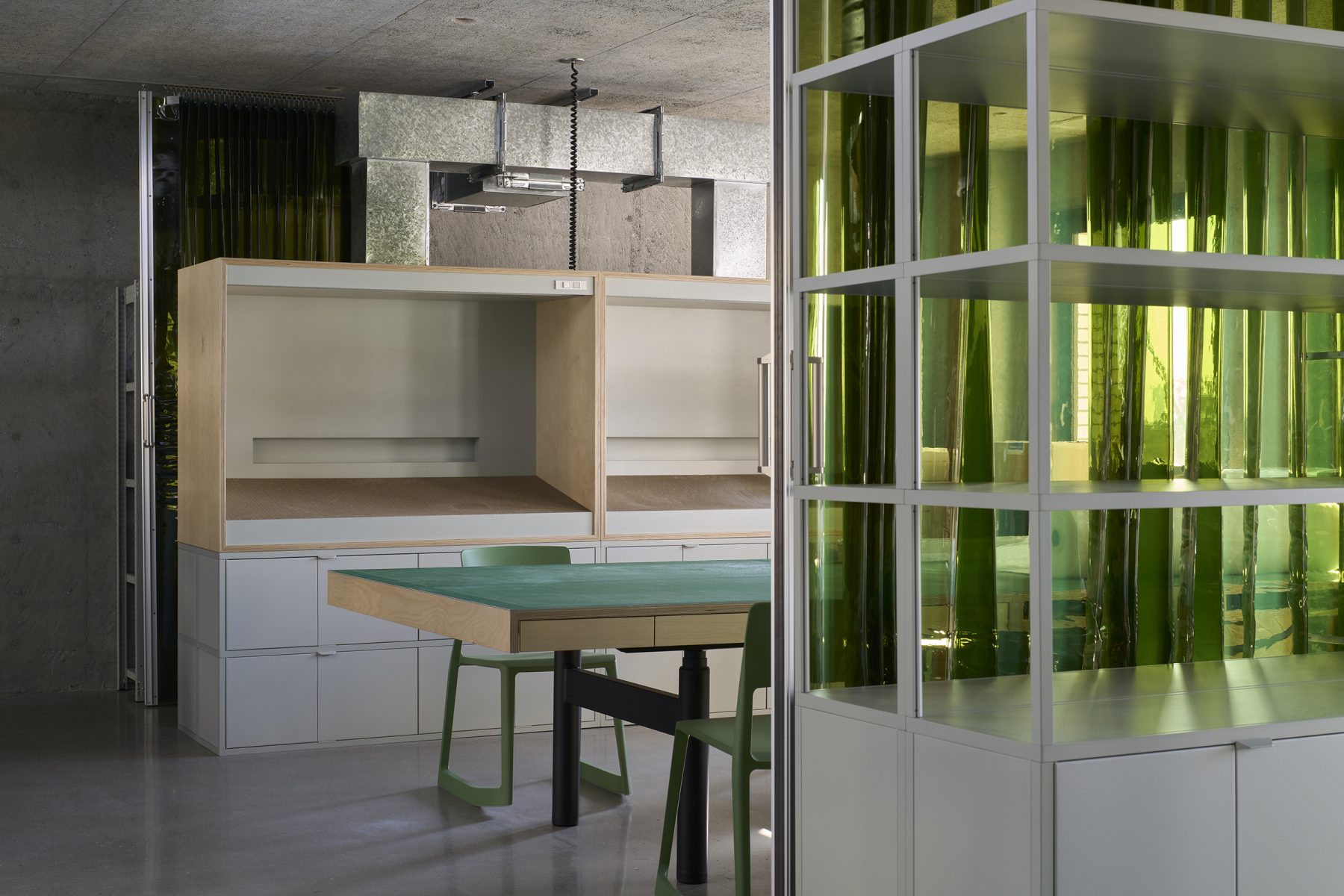
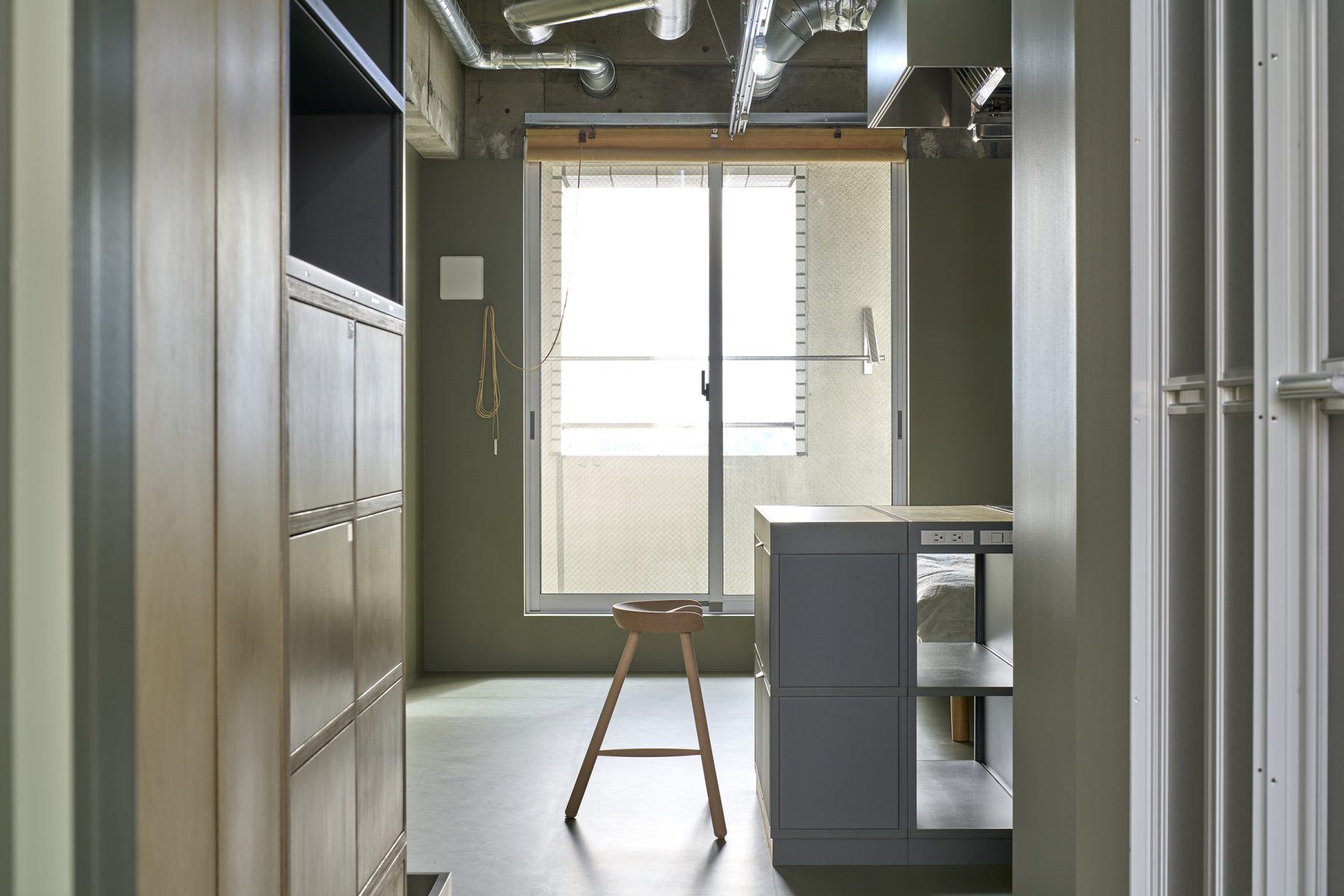
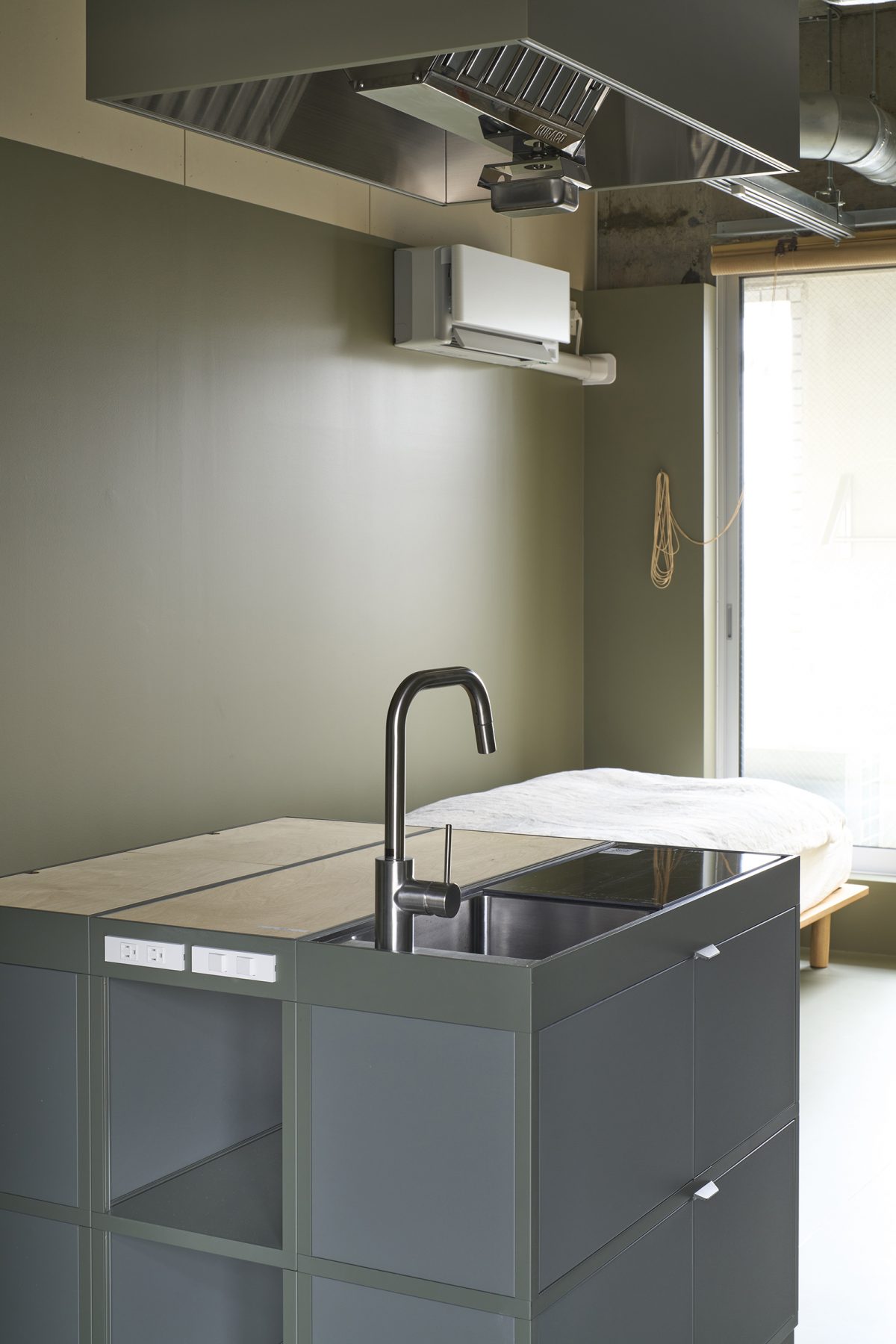
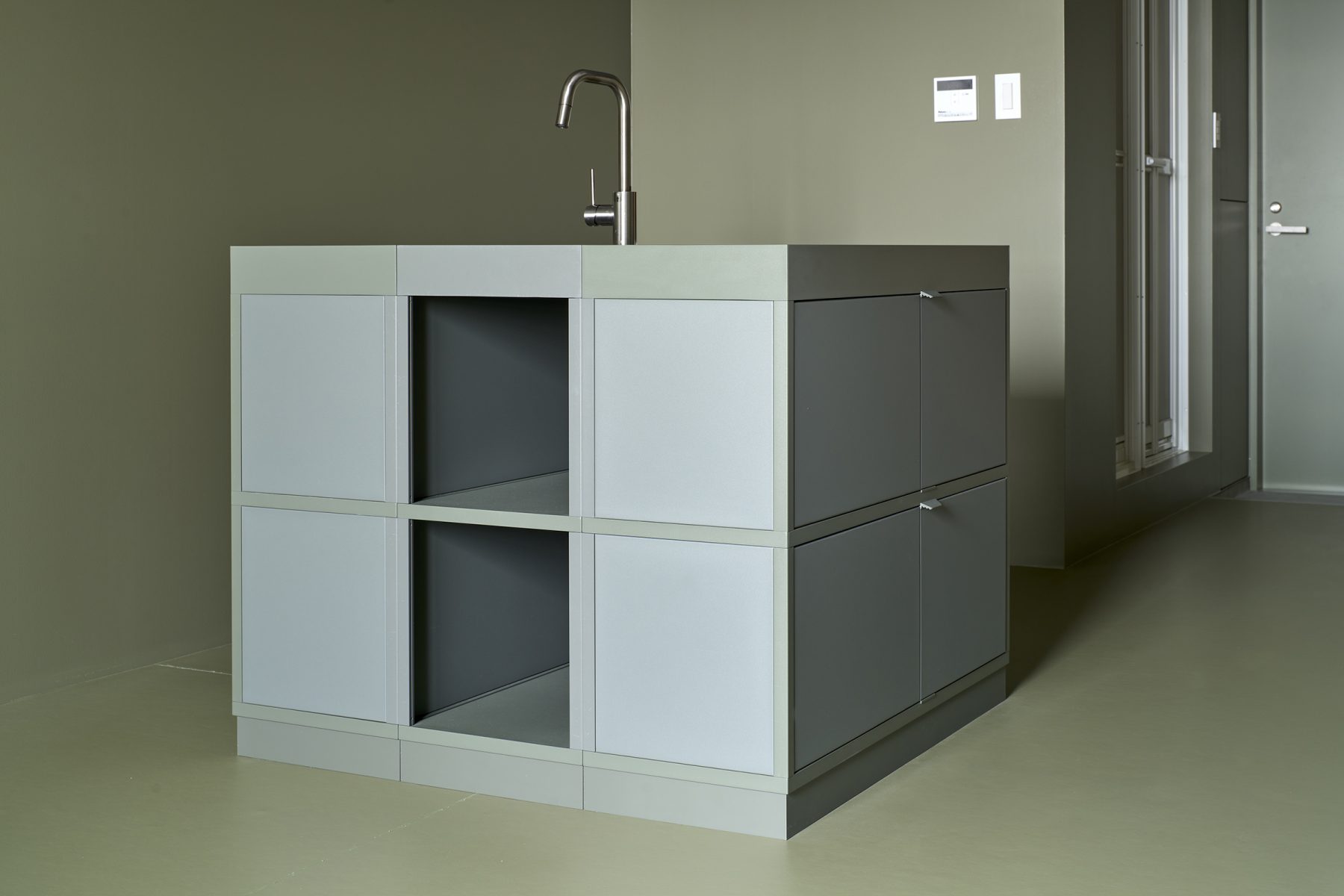
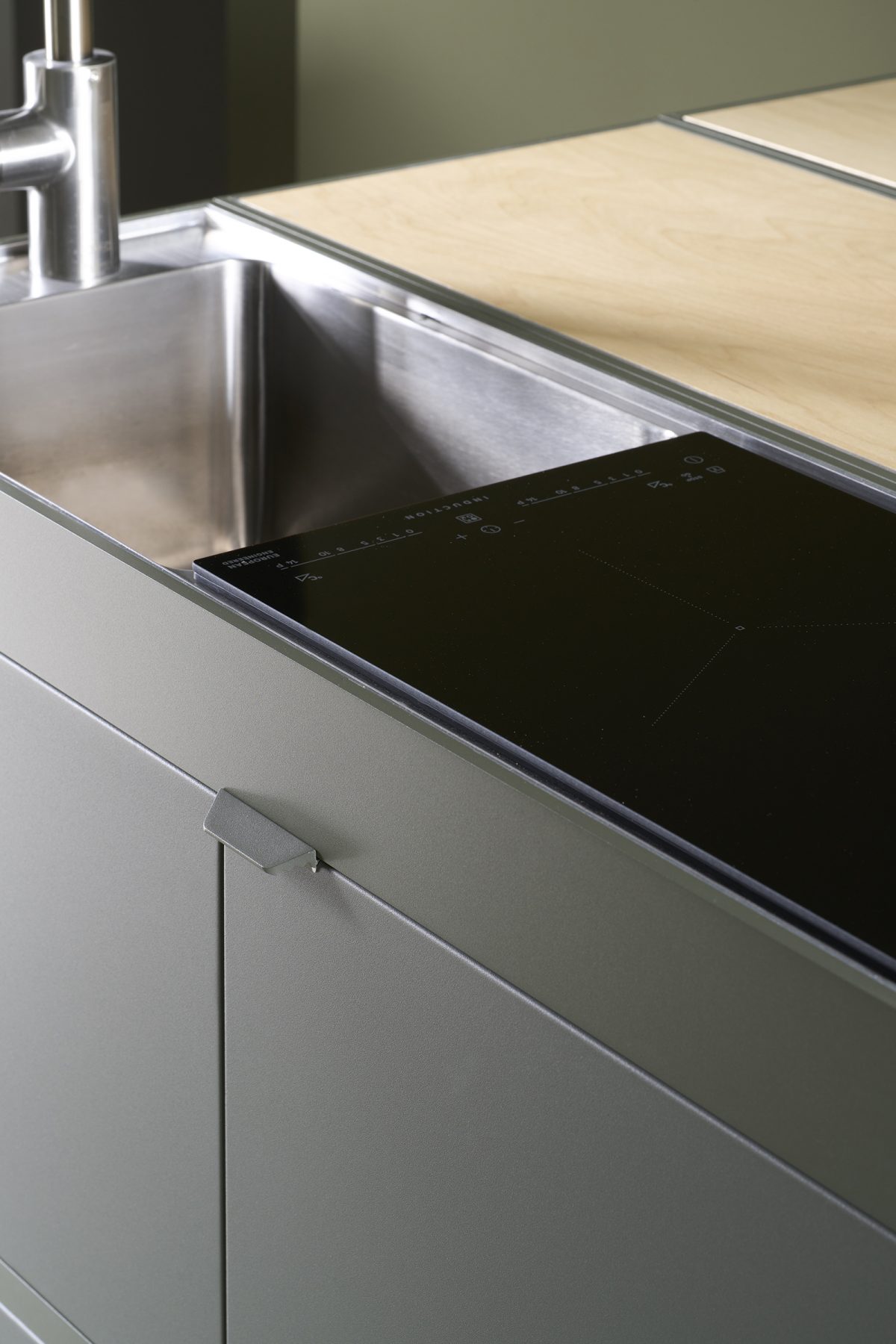
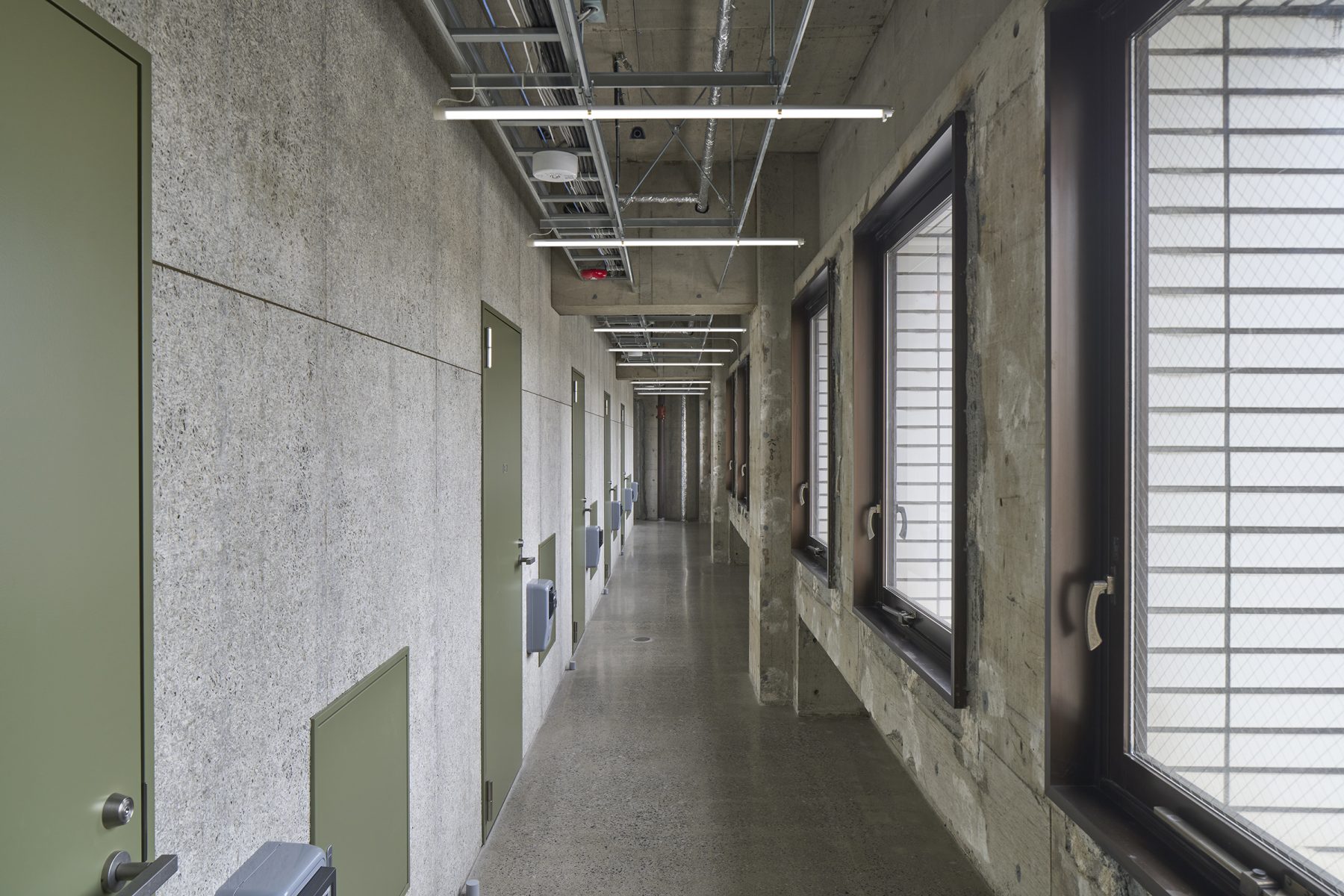
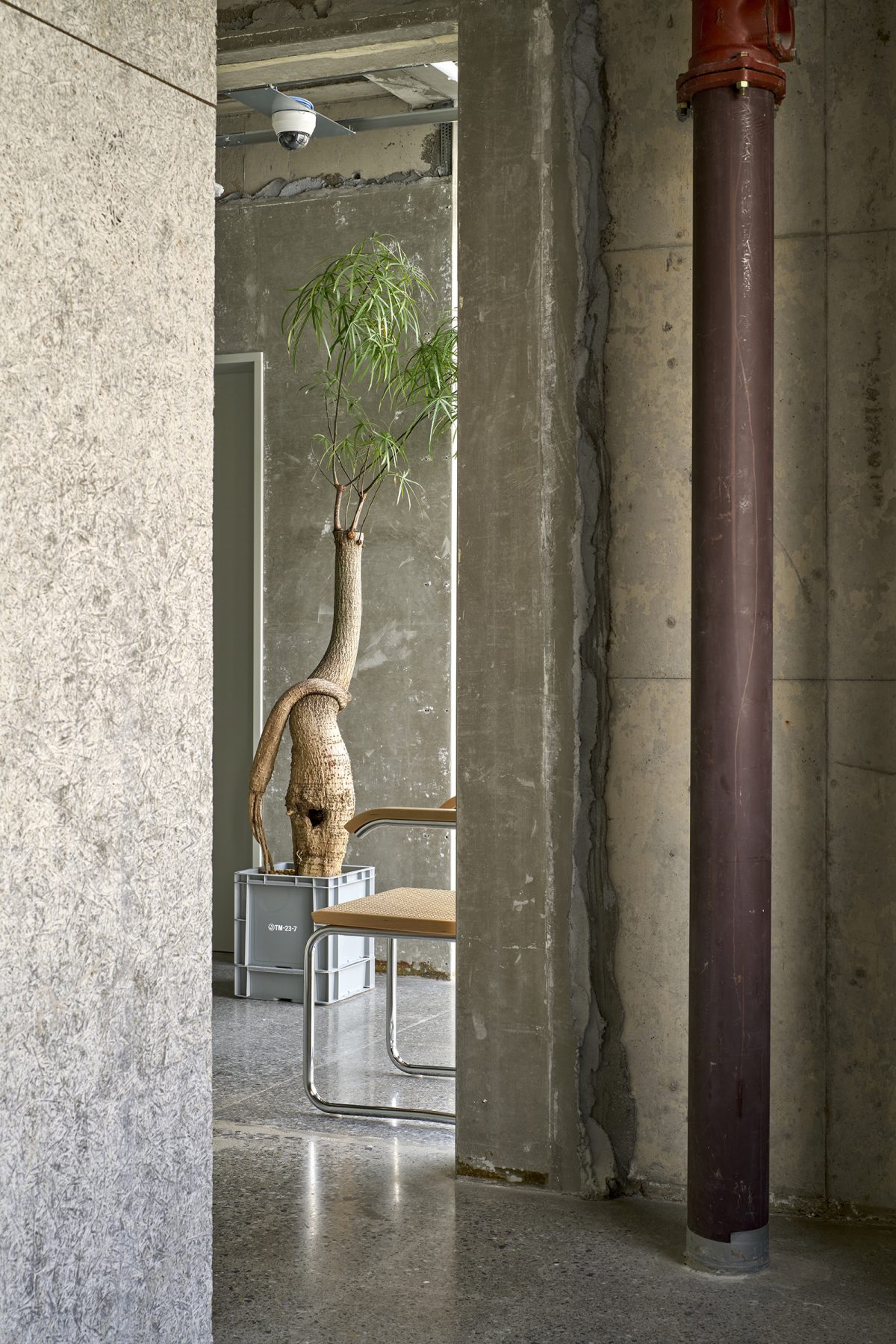
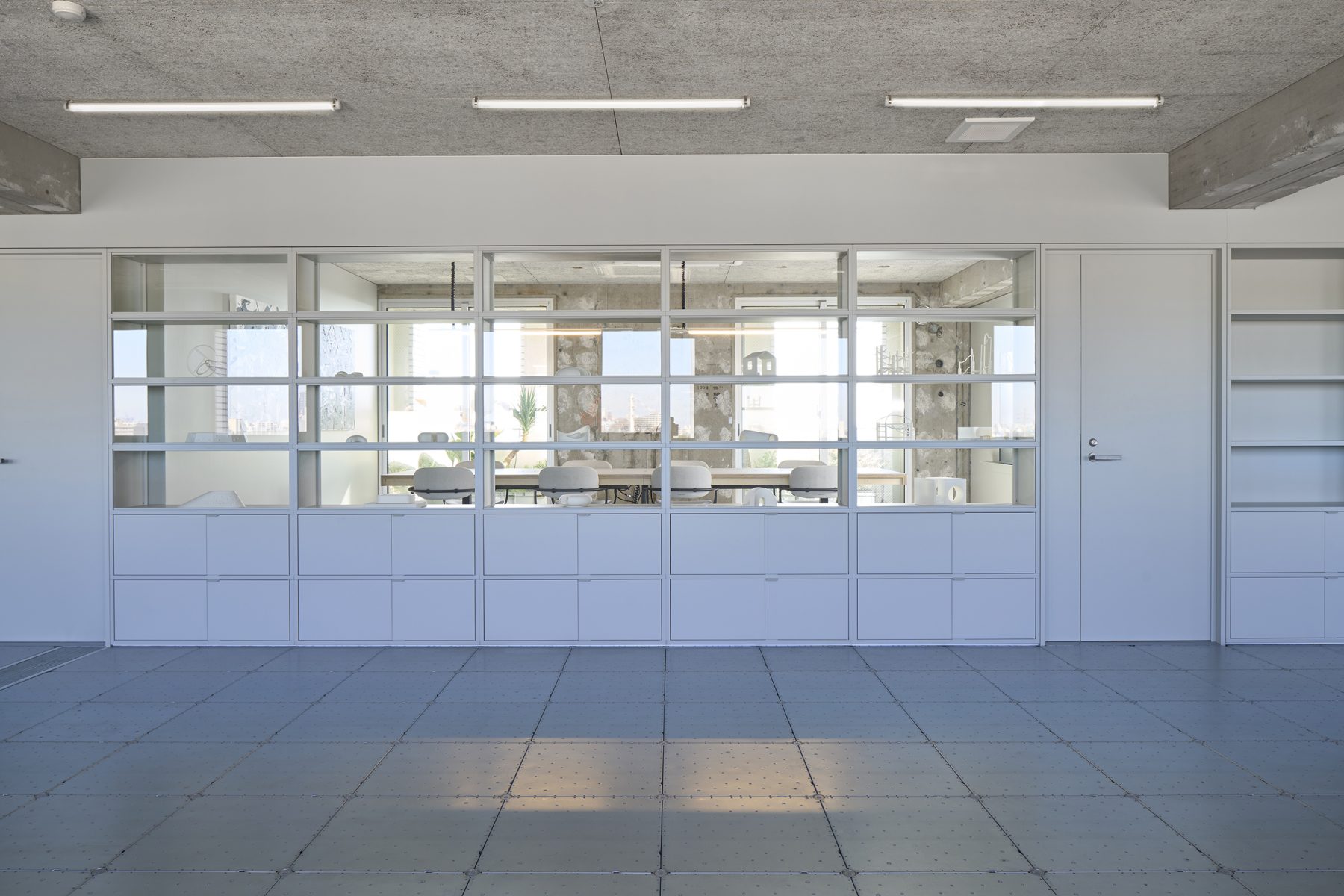
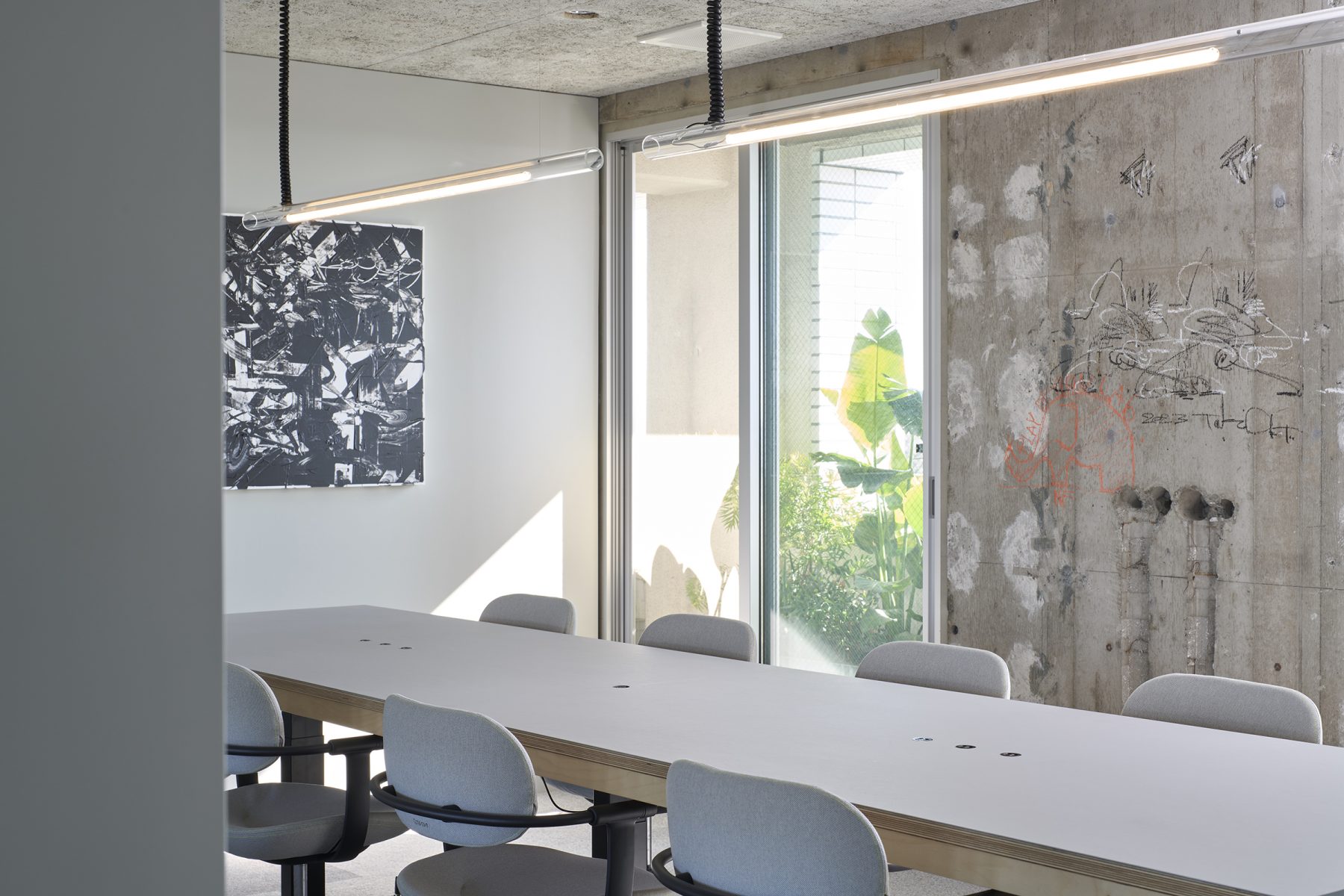
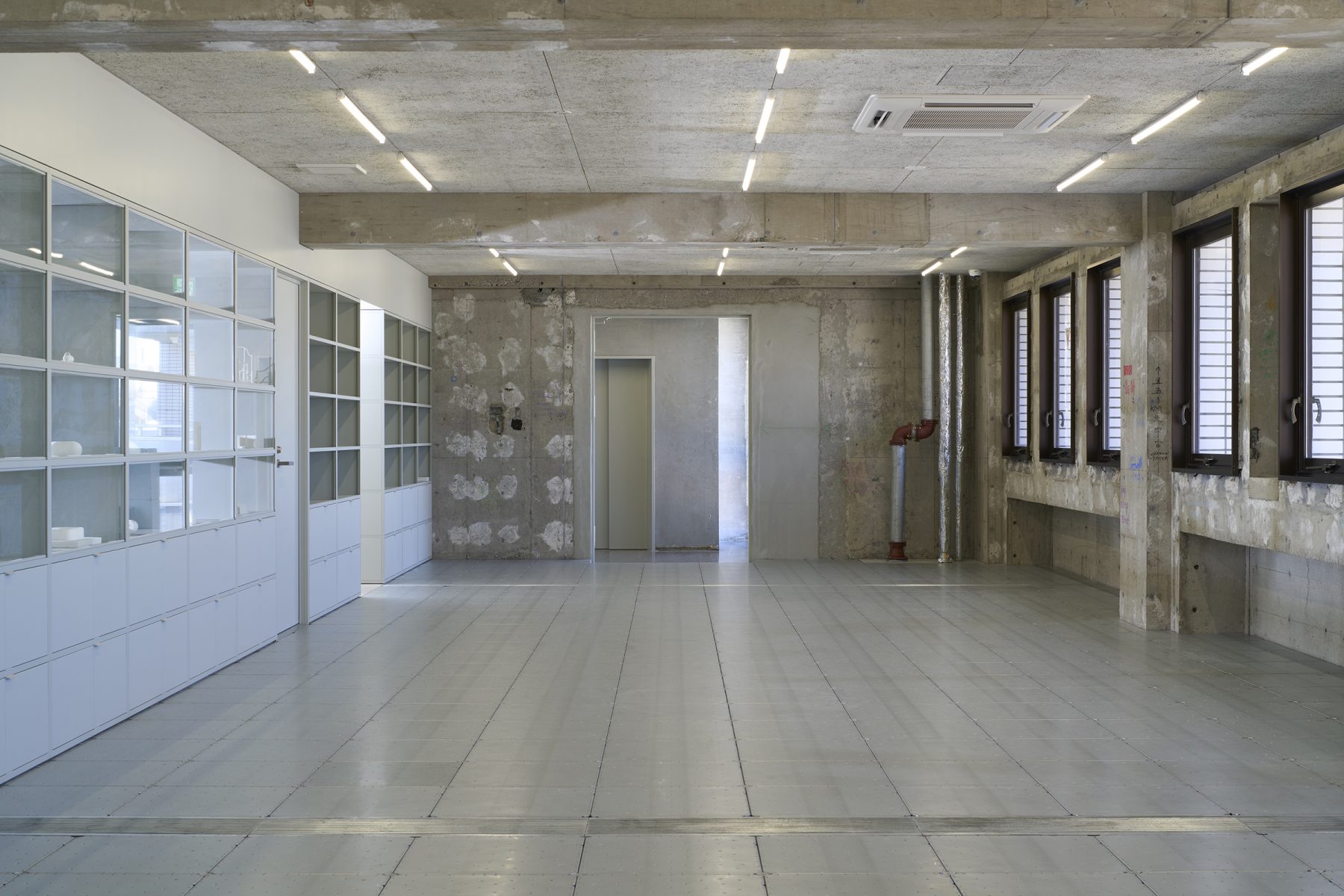
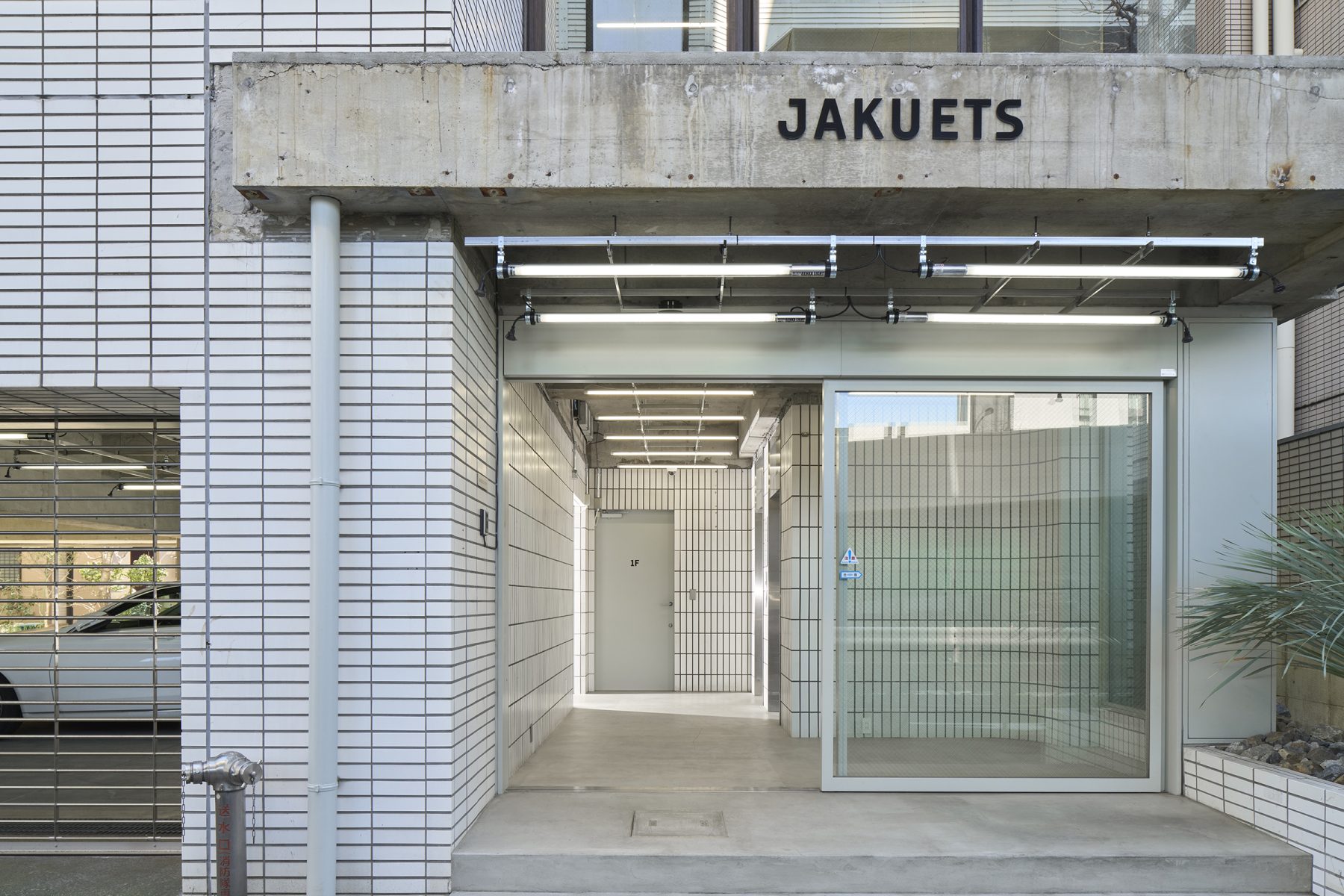
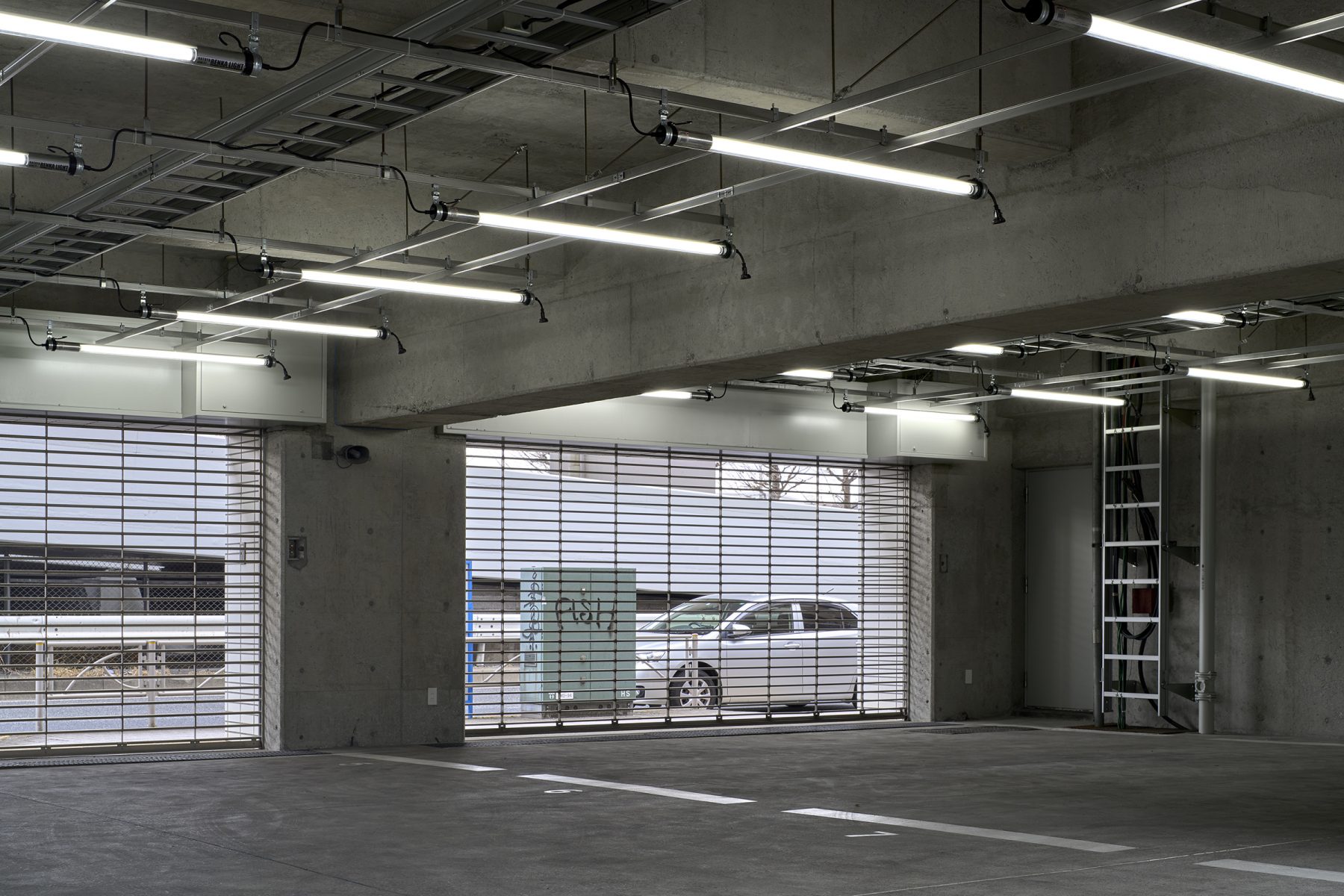
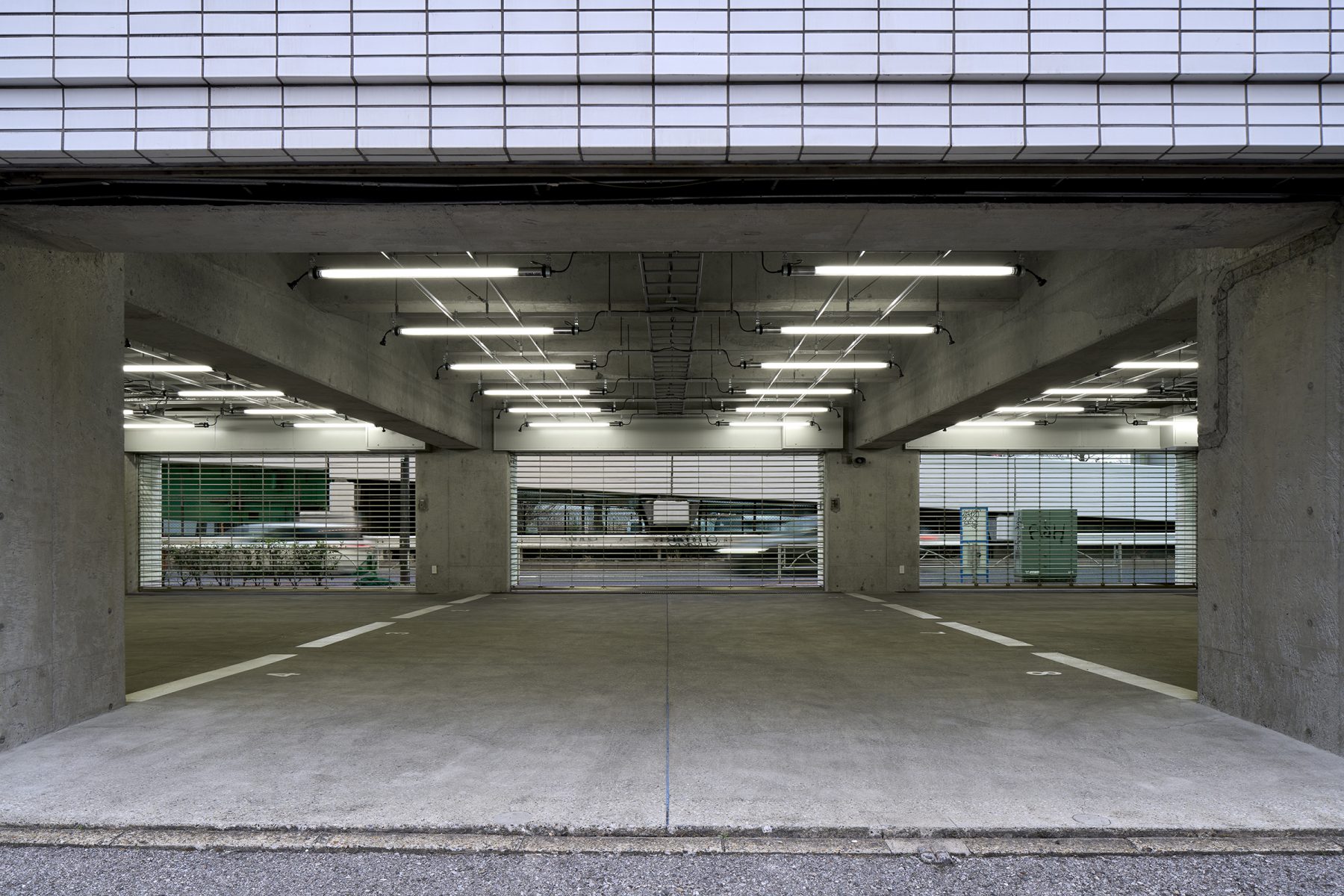
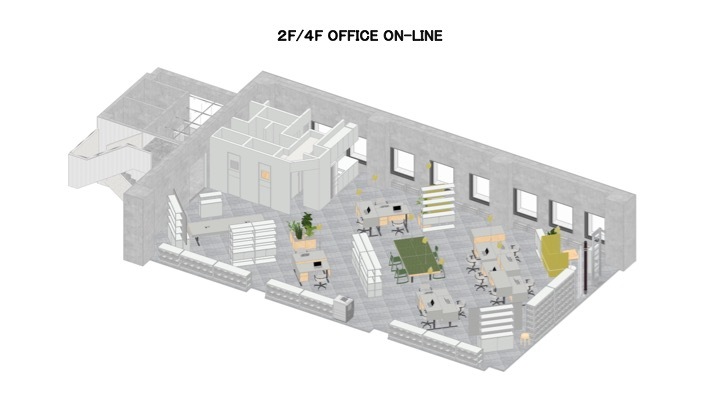
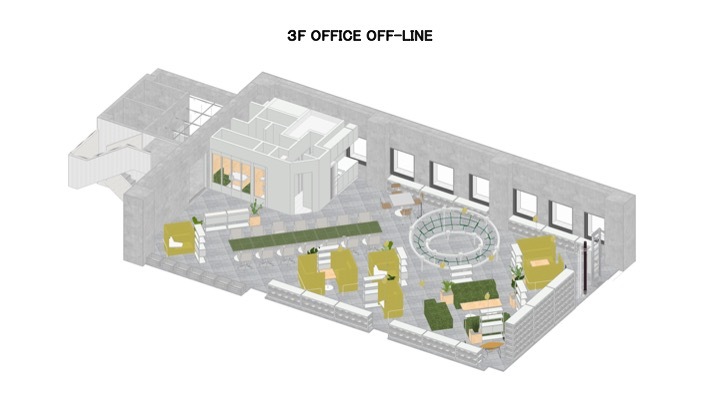
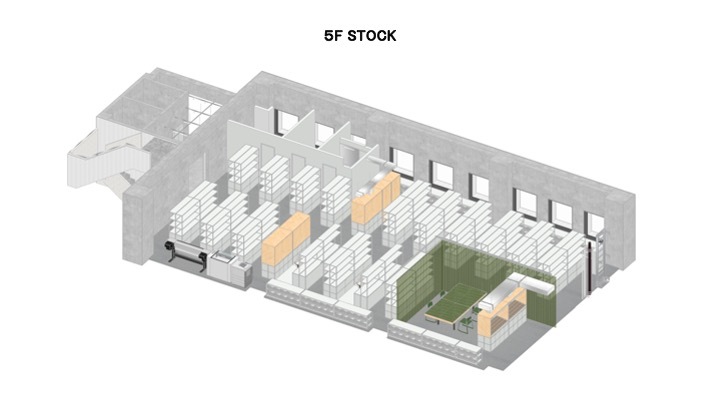
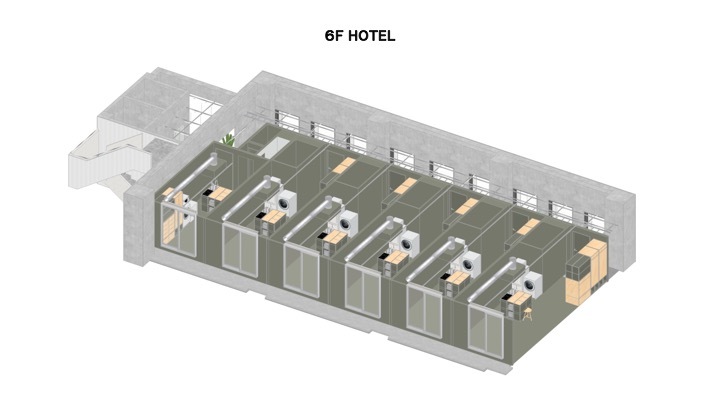
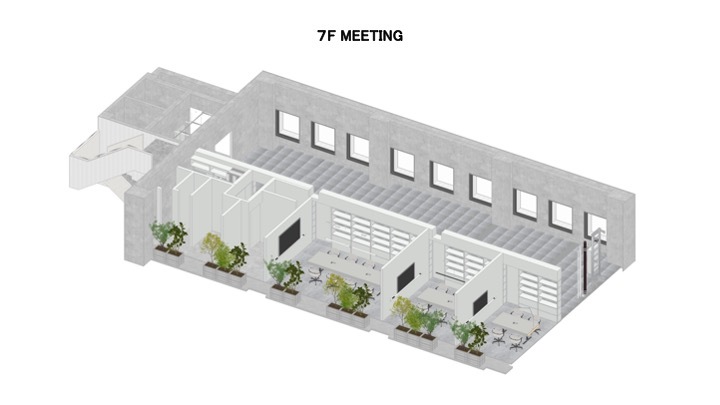
JAKUETS, headquartered in Tsuruga City, Fukui Prefecture, has 67 branches throughout Japan and is engaged in diverse educational businesses, ranging from the planning, development, manufacturing, sales, and maintenance of playground and educational equipment to the design of kindergartens, nursery schools, parks, and community development projects. In renovating the Tokyo branch, we made a plan for the future of the headquarters and its 67 branches, not just this one branch.
Until now, their branches across Japan have conducted their business in a community-based sales style. Each branch stocked inventory and delivered products directly to customers to meet their needs and circumstances in each region. This intense one-on-one communication has earned the trust of customers. However, in addition to the diversification of clientele and their needs, now that the information environment and logistics are in place, there is no need to confine themselves to a specific region, and many regional branches now have unused warehouses and company housing in stock.
Although the company has a nationwide market base and the know-how cultivated in it, its communications remained confined to each region, and the employees had few opportunities to share information about diverse needs gathered from various businesses among the departments. Nevertheless, the ties between the head office and the 67 branch offices are strong, and our plan aims to strengthen these ties in a bidirectional and networked manner to bridge all communications.
One idea for implementing this network was to install a 100-inch monitor in the office. This monitor is also installed at other branches, constantly projecting their office spaces on the screens. It allows for real-time communication with actual-sized full-body images and direct eye contact. However, the camera’s viewing angle attached to the monitor is limited, and placing the monitor perpendicular to the rectangular floor inevitably creates blind spots. To cover the entire space with the camera and make the monitor visible from anywhere, placing it diagonally at a 45° angle from the corner of the floor is most efficient. As a result, the monitor’s placement set a guideline for the office layout, and we also placed other furniture pieces at an angle of 45° to the building framework.
In addition, we decided to convert the sixth-floor space formerly used as company housing into a hotel for employees and converted six rooms from company housing into a hotel. In this way, employees traveling to the Tokyo region on business can stay overnight without incurring expenses, and they can also use the weekend to explore the attractions of Tokyo. Our vision for the future is to convert company housing into hotels not only at the Tokyo branch but also at branches nationwide, thereby creating networked communities in physical and online spaces. (Makoto Kohno)
DATA
Title: JAKUETS TOKYO MATSUBARA
Architect: Jo Nagasaka / Schemata Architects
Project team: Makoto Kohno, Fuka Nakahara
Location: 1-54-9, Matsubara, Setagaya-ku, Tokyo, Japan
Usage: Office / House
Construction: TANK
Collaboration: Qusamura
Number of stories: 2F
Floor area: 1623.63㎡
Structure: RC
Date of completion: November 2023
Photographer: Gottingham
Press data download